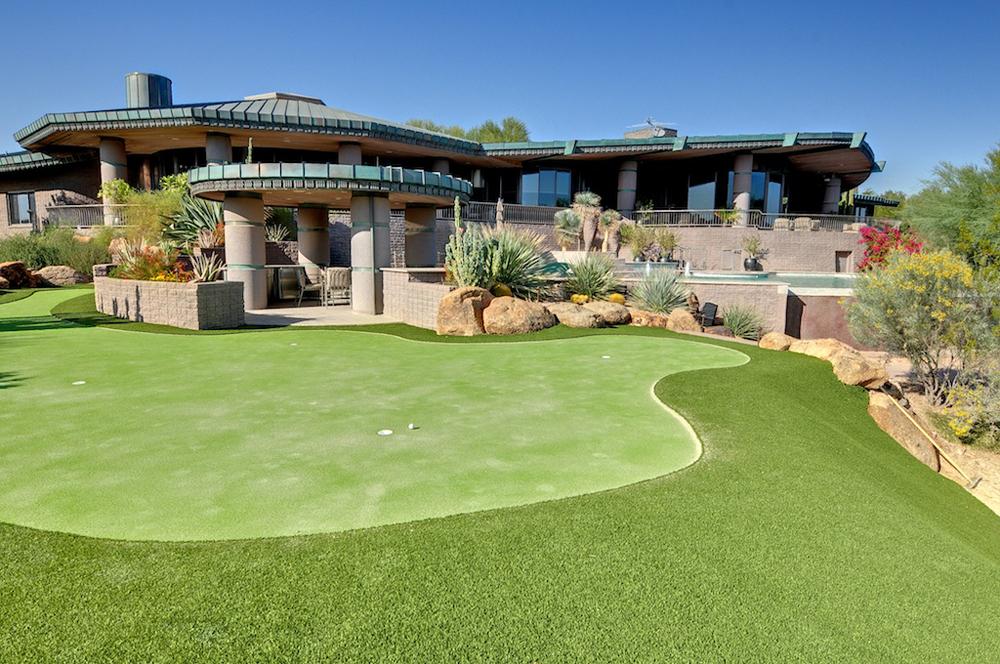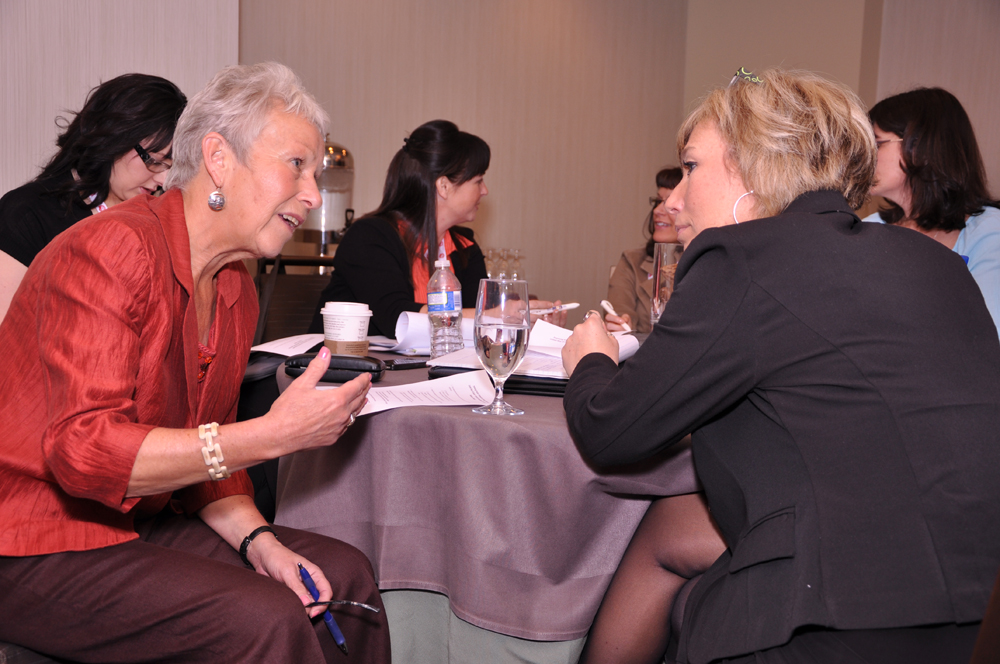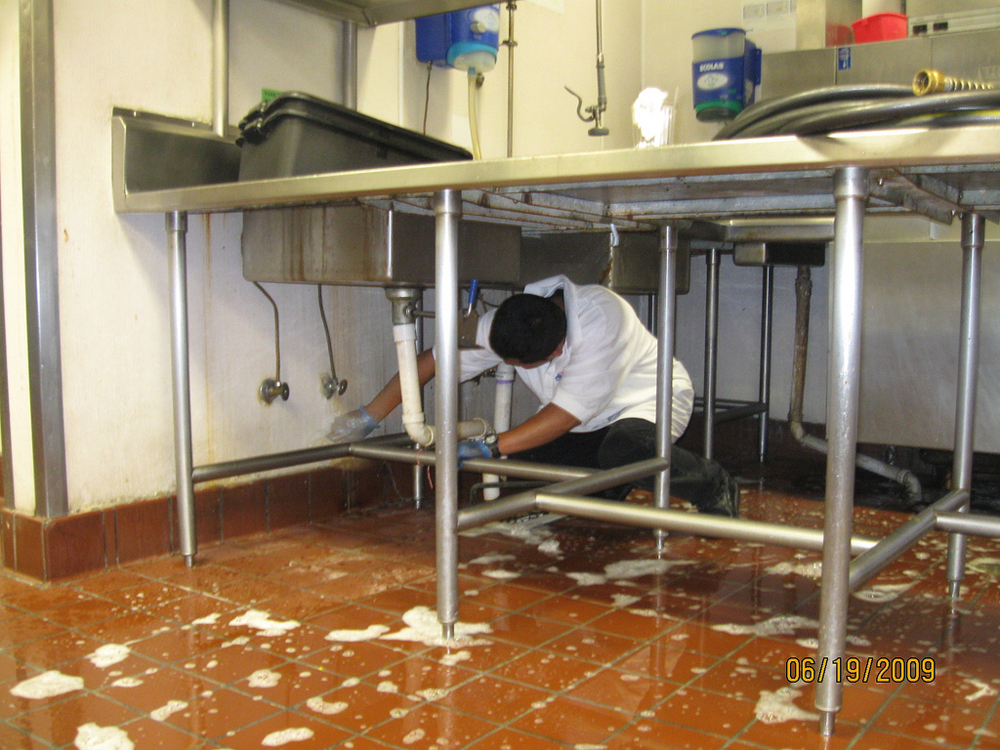what is the most significant threat to the relatively high standard of living

Does a person's appearance point class? Tin can you tell a homo's teaching level based on his clothing? Do you lot know a adult female's income by the car she drives?
For sociologists, categorizing class is a fluid science. Sociologists generally place 3 levels of form in the The states: upper, middle, and lower class. Inside each grade, there are many subcategories. Wealth is the most significant manner of distinguishing classes, because wealth tin exist transferred to one'south children and perpetuate the class structure. One economist, J.D. Foster, defines the xx percent of U.S. citizens' highest earners as "upper income," and the lower 20 percentage as "lower income." The remaining 60 percent of the population brand up the eye course. But by that distinction, almanac household incomes for the middle grade range between $25,000 and $100,000 (Mason and Sullivan 2010).
I sociological perspective distinguishes the classes, in part, co-ordinate to their relative power and control over their lives. The upper class not but have power and control over their ain lives but also their social condition gives them power and control over others' lives. The center class doesn't generally command other strata of guild, but its members do exert control over their ain lives. In dissimilarity, the lower course has petty command over their work or lives. Beneath, we volition explore the major divisions of U.S. social class and their key subcategories.
Upper Class

The upper class is considered the peak, and only the powerful elite become to see the view from in that location. In the U.s., people with extreme wealth make up 1 percent of the population, and they own one-third of the land's wealth (Beeghley 2008).
Money provides not just access to material goods, only also access to a lot of power. As corporate leaders, members of the upper class make decisions that affect the job condition of millions of people. Every bit media owners, they influence the collective identity of the nation. They run the major network television stations, radio broadcasts, newspapers, magazines, publishing houses, and sports franchises. As board members of the almost influential colleges and universities, they influence cultural attitudes and values. As philanthropists, they found foundations to back up social causes they believe in. As campaign contributors, they sway politicians and fund campaigns, sometimes to protect their own economic interests.
U.Due south. society has historically distinguished between "old money" (inherited wealth passed from one generation to the next) and "new money" (wealth y'all have earned and built yourself). While both types may have equal cyberspace worth, they have traditionally held different social standings. People of old money, firmly situated in the upper course for generations, take held high prestige. Their families take socialized them to know the customs, norms, and expectations that come up with wealth. Often, the very wealthy don't piece of work for wages. Some study business organisation or become lawyers in order to manage the family fortune. Others, such equally Paris Hilton and Kim Kardashian, capitalize on being a rich socialite and transform that into celebrity status, flaunting a wealthy lifestyle.
However, new-money members of the upper form are non oriented to the customs and mores of the elite. They haven't gone to the most sectional schools. They take not established old-money social ties. People with new money might flaunt their wealth, ownership sports cars and mansions, but they might yet showroom behaviors attributed to the centre and lower classes.
The Middle Form

Many people consider themselves middle class, but there are differing ideas nearly what that means. People with annual incomes of $150,000 call themselves middle class, equally do people who annually earn $30,000. That helps explain why, in the Us, the middle grade is cleaved into upper and lower subcategories.
Upper-middle-class people tend to hold bachelor's and postgraduate degrees. They've studied subjects such every bit business, management, law, or medicine. Lower-centre-class members concur bachelor'due south degrees from four-year colleges or acquaintance'south degrees from two-twelvemonth community or technical colleges.
Comfort is a key concept to the heart class. Middle-class people piece of work difficult and live fairly comfortable lives. Upper-middle-form people tend to pursue careers that earn comfortable incomes. They provide their families with large homes and nice cars. They may get skiing or boating on vacation. Their children receive loftier-quality education and healthcare (Gilbert 2010).
In the lower heart grade, people agree jobs supervised by members of the upper middle class. They fill technical, lower-level direction or administrative back up positions. Compared to lower-class work, lower-middle-class jobs carry more prestige and come with slightly higher paychecks. With these incomes, people can afford a decent, mainstream lifestyle, only they struggle to maintain it. They generally don't take plenty income to build pregnant savings. In addition, their grip on course status is more precarious than in the upper tiers of the class arrangement. When budgets are tight, lower-eye-class people are often the ones to lose their jobs.
The Lower Course

The lower class is also referred to as the working class. Just like the middle and upper classes, the lower class can exist divided into subsets: the working course, the working poor, and the underclass. Compared to the lower center course, lower-class people have less of an educational background and earn smaller incomes. They work jobs that crave little prior skill or experience and frequently exercise routine tasks under close supervision.
Working-grade people, the highest subcategory of the lower form, often land decent jobs in fields like custodial or food service. The work is hands-on and ofttimes physically demanding, such as landscaping, cooking, cleaning, or building.
Beneath the working class is the working poor. Like the working class, they have unskilled, low-paying employment. Nevertheless, their jobs rarely offer benefits such every bit healthcare or retirement planning, and their positions are often seasonal or temporary. They work every bit sharecroppers, migrant farm workers, housecleaners, and 24-hour interval laborers. Some are high school dropouts. Some are illiterate, unable to read chore ads.
How can people work full-time and still exist poor? Even working full-time, millions of the working poor earn incomes too meager to support a family unit. Minimum wage varies from state to land, simply in many states it is approaching $8.00 per hour (Section of Labor 2014). At that charge per unit, working 40 hours a week earns $320. That comes to $16,640 a yr, before tax and deductions. Even for a single person, the pay is low. A married couple with children will have a hard time covering expenses.
The underclass is the U.s.' lowest tier. Members of the underclass live mainly in inner cities. Many are unemployed or underemployed. Those who do hold jobs typically perform menial tasks for trivial pay. Some of the underclass are homeless. For many, welfare systems provide a much-needed support through nutrient assistance, medical care, housing, and the like.
corbouldowelp1975.blogspot.com
Source: https://oertx.highered.texas.gov/courseware/lesson/2022/overview
0 Response to "what is the most significant threat to the relatively high standard of living"
Post a Comment